|
Today, MCC Executive Director Anita Walker, IHCD (Institute for Human-Centered Design) Executive Director Valerie Fletcher and Worcester Art Museum Executive Director Matthias Waschek presented at ABX 2013, Architectural Boston Expo to discuss MCC's exciting new direction for arts organizations in Massachusetts. They are developing guidelines for inclusive design in the cultural sector. 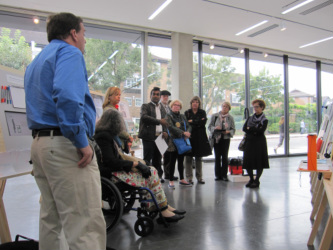 Our tour to London in September gave us the opportunity to observe London's team approach to accessibility and inclusive design, to start gathering ideas about what our program in Massachusetts might include. We began our tour at the London College of Design where we met Rama Gheerawo Deputy Director of the Helen Hamlyn Centre for Design, who gave us a wonderful perspective on inclusive planning teams--including designer, caregiver and user at the table from the start. His students created innovative designs for living, only after the designers met with people in the community to get a true perspective on their needs. 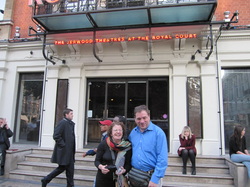 Later, we visited the Royal Court Theater where we learned of the extensive renovation that was done on this historic theater. Every floor is now fully accessible. The theater's backstage is also accessible to accommodate any actors and crew with disabilities. In addition, the Theater has developed a series of regularly scheduled Accessible Performances:
In Massachusetts, the American Repertory Theater has begun to implement similar programs, inspired by the work at the Royal Court Theater. Here is a link to their new programs Why London? When London won the summer Olympics and the Paralympics, they realized it was an opportunity and imperative to renovate and innovate their City. This has led to a flurry of creative design over the past 5-8 years. While there is always more to be done , especially in an old City like London, but we came away with a sense that what has really changed most is the heightened universal awareness of universal design and how it helps the entire community. 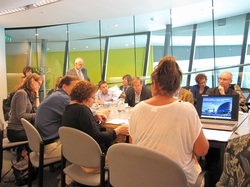 For example: Given the need for accessible sidewalks, the City Planners and designers worked together with wheelchair users in planning. The renovated sidewalk were smooth, but with patterns suggestive of the old London cobblestones. The new walks are wide enough to accommodate wheelchairs and strollers. The Royal Portrait Gallery raised its ceiling, brought in natural light and improved its audio guides so everyone could see and enjoy the art more clearly. The Natural History Museum engaged an artist who could create bronze tactile models of fossils so everyone could touch and feel the contours of the trilobite and Nautilus. We are blessed to be in such a rich and knowledgeable community here in Massachusetts. While there is still much to learn as we design an initiative that seeks ways to broaden the conversation about accessibility and universal design in our community – to make this a universal conversation--we have experts in Massachusetts in the worlds of design, education, health, culture and arts who can all come together to share knowledge. This isn’t just for the person you know who is a wheelchair user, the friend who is visually impaired, or the child who wears a cochlear implant for his congenital deafness. It’s for the mother with a baby on her back and a sleeping toddler in a stroller; it’s for the all-star athlete who is in a straight-legged brace for his torn ACL; and it’s for the father-in-law who can not hear in restaurants or navigate the halls in low lighting. Designs that make our Commonwealth and our cultural institutions more accessible to some will make them more accessible to ALL.
38 Comments
8/7/2014 03:39:30 pm
You have written a very useful article with a lot of great stuff and designed inspired me a lot. Yeah we are really blessed to be in such a rich and knowledgeable community in Massachusetts. There is still much to learn as we design an initiative.
Reply
6/3/2015 07:33:14 pm
I love to explore I recently came across your blog and have been reading along. I thought I would leave my first comment. I don’t know what to say except that I have enjoyed reading. Nice blog. I will keep visiting this blog very often.
Reply
6/15/2015 08:54:29 pm
Your blog is really great! Your blog is great for anyone who wants to understand this subject more. I hope your blog write the more the better!
Reply
8/17/2015 11:08:58 pm
"Designs that make our Commonwealth and our cultural institutions more accessible to some will make them more accessible to ALL." thank you for sharing this information.
Reply
12/19/2016 10:48:13 pm
I enjoyed over read your blog post. Your blog have nice information, thanks your information.
Reply
12/20/2016 02:46:15 am
It was a very good post indeed.Thanks for sharing
Reply
1/9/2017 09:05:30 am
New, fresh, but quite expected look for the 2018 Audi A5 Sportback. Although, the A5 is a slick and elegant coupe we expected it to be a bit more different.
Reply
1/12/2017 01:09:35 am
ACDSee Pro 10 Crack Free Download is the world’s best multimedia software for photo managing and to remove all unwanted things.
Reply
1/12/2017 03:39:21 am
Continue the beneficial work. With thanks!. Super inarfmotive writing; keep it up.
Reply
1/17/2017 02:59:29 am
This new Obamacare plan is an affordable health insurance compared to previous ones.
Reply
1/21/2017 02:30:38 am
Good blog post. Very informative student site. Keep it up. Great work
Reply
1/21/2017 03:52:15 am
The insurance agents in most of these cases unlike medicare insurance agent are less trained and not adept at taking care of every aspect of insurance plans.
Reply
1/26/2017 10:39:30 pm
whoah this weblog is excellent i love studying your articles.
Reply
1/26/2017 10:40:41 pm
Your article perceftly shows what I needed to know, thanks!
Reply
1/26/2017 10:45:38 pm
Very interesting blog. Alot of blogs I see these days don’t really provide anything that I’m interested in, but I’m most definately interested in this one.
Reply
5/20/2017 12:44:49 am
Very interesting blog. Alot of blogs I see these days don’t really provide anything that I’m interested in, but I’m most definately interested in this one.
Reply
5/23/2017 03:07:52 am
I would like more information about this, Thanks for giving me
Reply
6/5/2017 09:32:49 pm
Absolutely fantastic posting, such informative article keep sharing more articles.
Reply
6/15/2017 06:15:05 am
very interestinf content it's a very wonderful blog
Reply
7/8/2017 02:01:39 pm
The topic sounds nice and the change is london is just good to see
Reply
8/23/2017 02:27:28 am
It is a fantastic blog its really inspiring and full fill with knowledge
Reply
9/6/2017 09:09:23 am
Excellent article share with us as well as this blog site is thrills even more people to reading that blog.
Reply
10/11/2017 01:03:16 am
Your artical is really cool and this is a great inspiring article, keep sharing such ideas in the future as well.
Reply
11/4/2017 06:49:27 am
Really amazing, Your articles were very nice and full of information. Good Job And continue to make useful articles
Reply
2/8/2020 03:41:53 pm
We should have one thing at a time and this works for everything.
Reply
2/8/2020 03:45:12 pm
Things are getting better with the passage of time.
Reply
2/8/2020 03:54:43 pm
This has been the best thing that we should know.
Reply
10/8/2021 03:08:40 am
This was a great read! I really learned a lot about
Reply
Leave a Reply. |
Dr. Lisa M. Wong
I'm a musician and pediatrician, passionate about arts in education and about bringing the community together through music Archives
October 2015
Categories
All
|
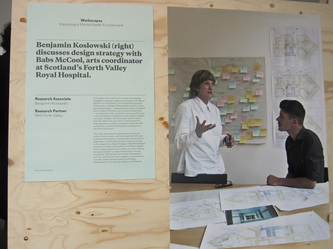
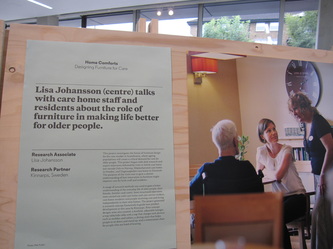
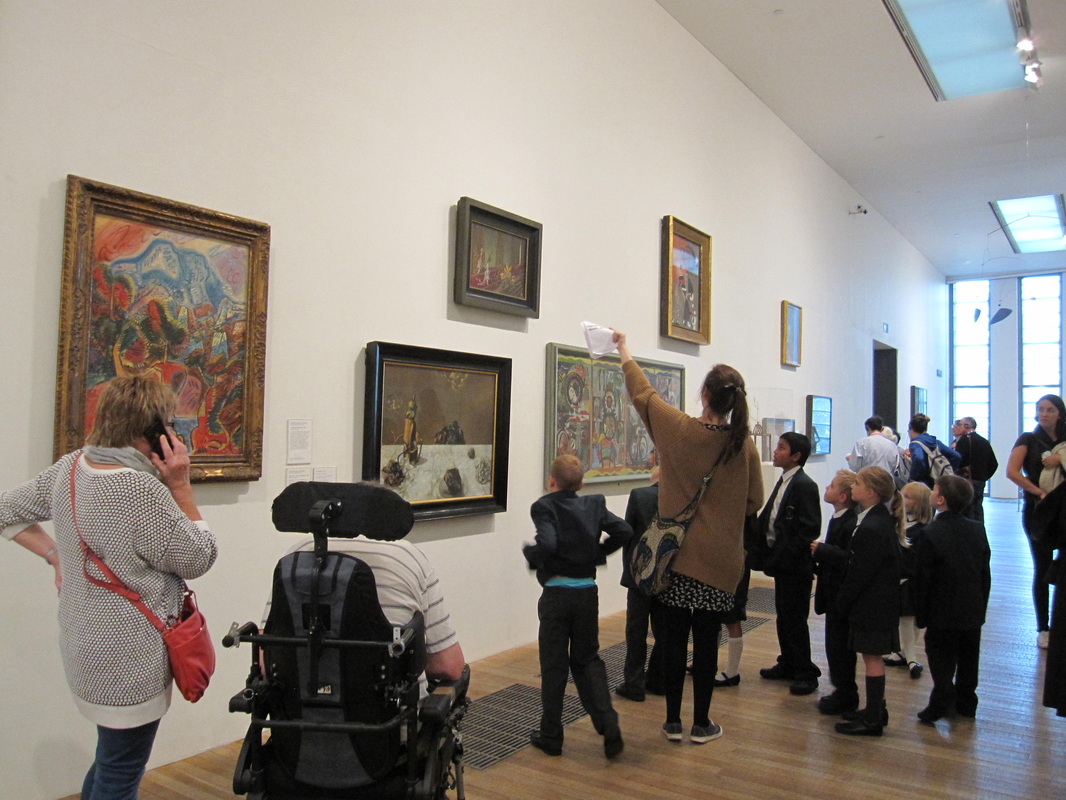
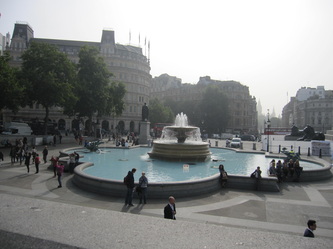
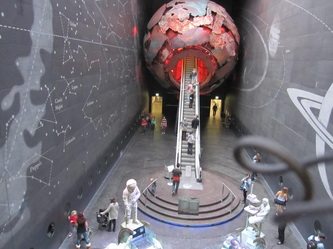
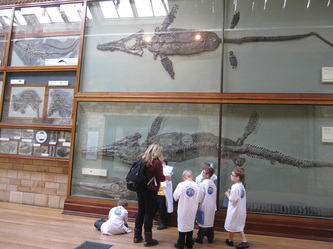
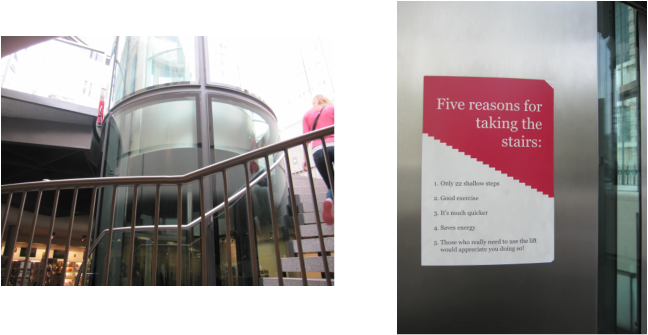
 RSS Feed
RSS Feed
